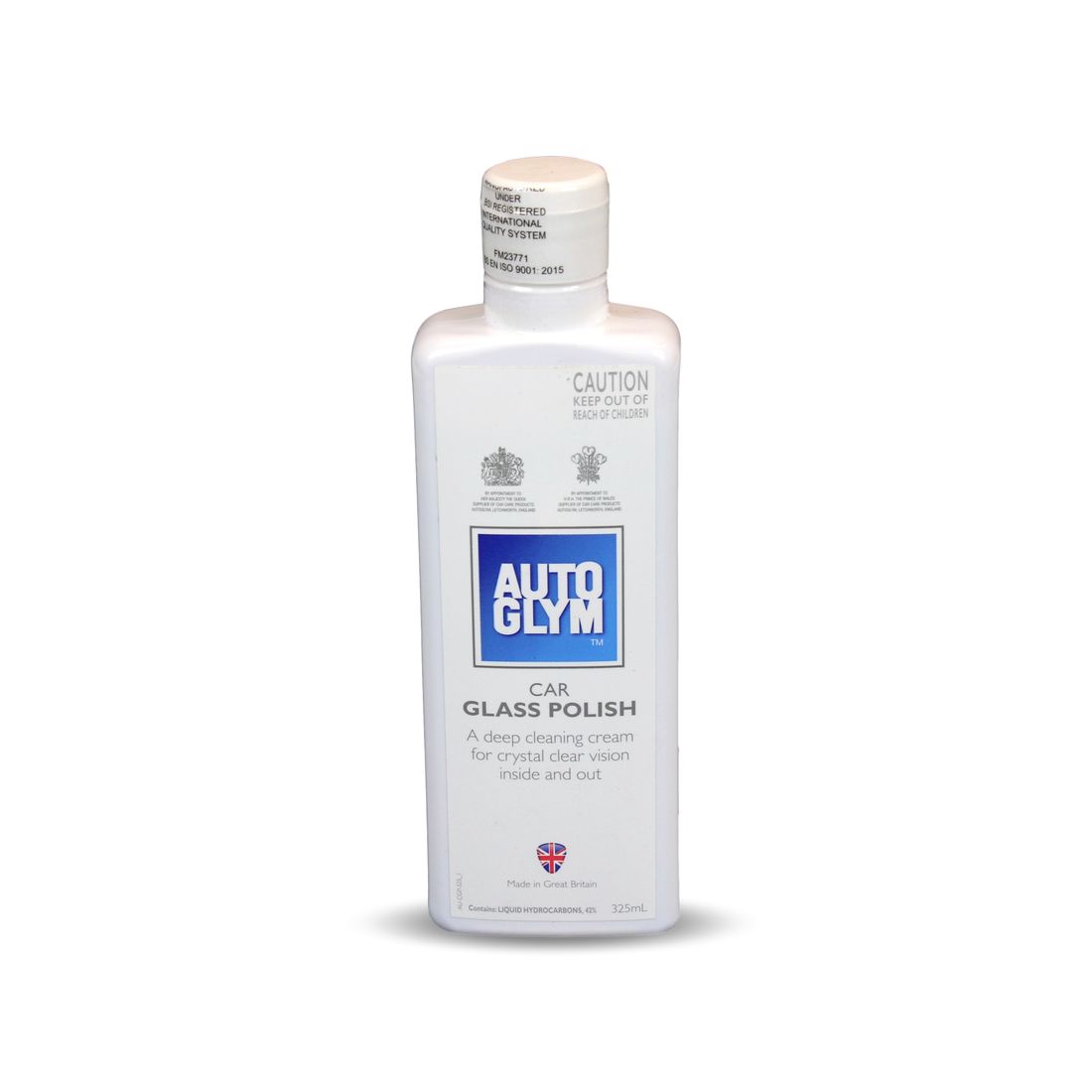Maintaining the clarity and shine of glass surfaces can be a daunting task, but with the right tools and techniques, it becomes significantly easier. Glass polish is a specialized product designed to remove scratches, blemishes, and cloudiness, restoring your glass to its original brilliance. This article explores the benefits of using glass polish, the types available, and how to use it effectively.
What is Glass Polish?
Glass polish is a formulated compound specifically designed to clean, restore, and protect glass surfaces. Unlike regular cleaners that may leave streaks or residue, glass polish works to eliminate imperfections, enhance clarity, and create a protective layer that helps resist future stains and dirt. It's particularly useful for car windshields, glass doors, windows, mirrors, and even glass tabletops.
Benefits of Using Glass Polish
Restoration of Clarity: Over time, glass surfaces can accumulate grime, scratches, and mineral deposits, leading to a cloudy appearance. Glass polish effectively removes these imperfections, restoring clarity.
Scratch Removal: Minor scratches on glass can be unsightly and distracting. Using glass polish can minimize or even eliminate these scratches, enhancing the overall appearance of the surface.
Long-lasting Protection: Many glass polishes contain protective agents that create a barrier against dust, dirt, and moisture. This helps to keep the glass cleaner for longer periods, reducing the frequency of cleaning.
Improved Visibility: For automotive applications, using glass polish on windshields and windows can significantly improve visibility, particularly during adverse weather conditions.
Types of Glass Polish
When selecting a glass polish, it's important to consider the type of surface you'll be treating. Here are a few common types:
Liquid Glass Polish: This is the most common form, easy to apply, and suitable for a variety of glass surfaces. Liquid polish is typically used with a microfiber cloth or polishing pad for effective results.
Paste Glass Polish: Paste polish can offer more abrasive properties, making it ideal for deeper scratches and heavy blemishes. It often requires more effort to apply but can yield excellent results on tougher problems.
Aerosol Glass Polish: This convenient spray format is perfect for quick touch-ups and regular maintenance. It's easy to apply and works well on windows and mirrors.
How to Use Glass Polish Effectively
Using glass polish is a straightforward process, but following the right steps ensures optimal results:
Clean the Surface: Before applying polish, make sure the glass is clean and free of dust or debris. Use a standard glass cleaner for this step.
Apply the Polish: Depending on the type of polish, apply a small amount to a microfiber cloth or directly onto the glass surface.
Buff the Surface: Using circular motions, gently buff the glass surface. For tougher spots, you may want to apply slightly more pressure.
Wipe Off Excess: Once you've polished the surface, use a clean section of the cloth to wipe away any excess product.
Inspect the Results: Check for any remaining imperfections. For deeper scratches, you may need to repeat the process.
Click here for more information:-






